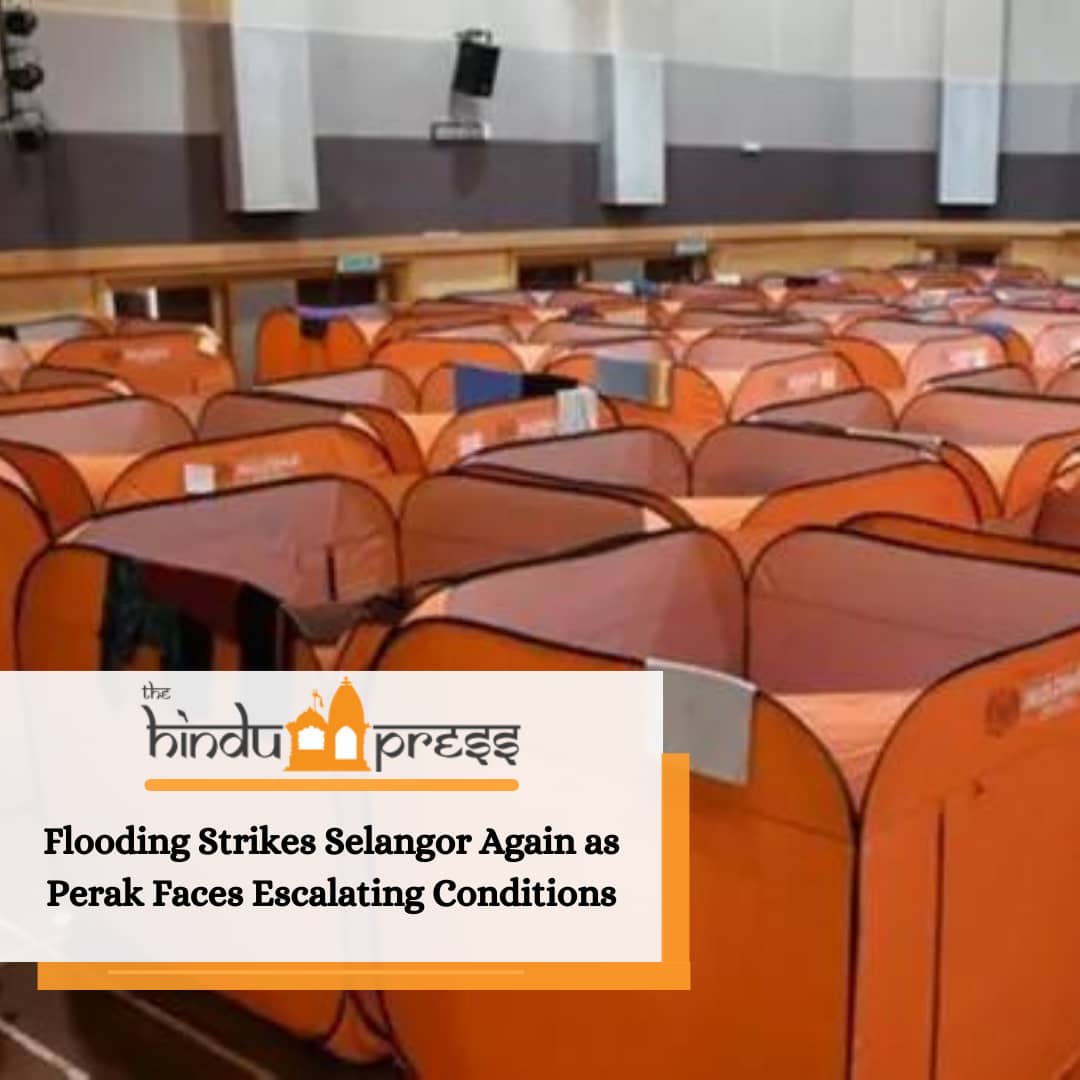By Loshinniy Nair S. Baskaran,
28th August 2024 – In the ongoing search for a missing tourist in the Jalan Masjid India sinkhole incident, Ground Penetrating Radar (GPR) has become an essential tool. This advanced technology uses high-frequency radio waves to penetrate the ground, creating detailed images of the subsurface.
It is highly effective in detecting underground anomalies, such as voids, soil disturbances, and objects, which are crucial in rescue operations. By providing real-time data, GPR helps responders map the extent of the damage and locate potential hazards or trapped individuals, increasing the chances of a successful rescue.
Moreover, GPR’s non-invasive nature allows it to be used without further destabilizing the affected area, making it invaluable in sensitive situations like this. The technology is also versatile, commonly applied in archaeology, geology, and infrastructure assessments.
In the Masjid India case, GPR aids in post-incident analysis, helping authorities understand the cause of the sinkhole and prevent future occurrences. Its ability to provide detailed underground visuals significantly enhances both the safety and efficiency of search and rescue efforts, as stated in Malaymail.




